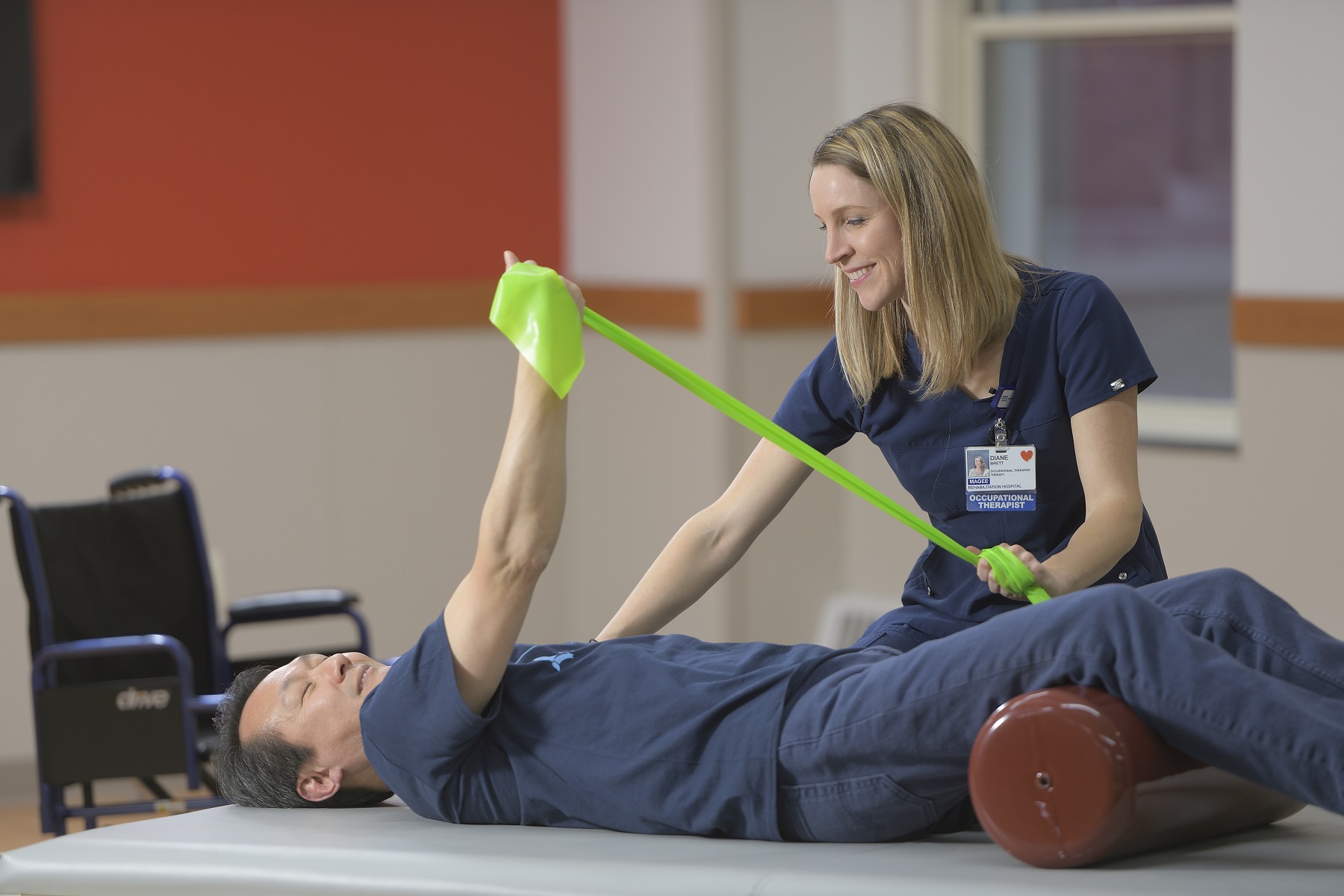Perfecting this Science of Ergonomics to Improve Well-being and Efficiency in Office Settings
Elevating a principle of ergonomics is critical for implementing workspaces that advance physical well-being and productivity. Applied ergonomics is the study of tailoring task areas, apparatus, and responsibilities to fit the needs of workers. By focusing on how users engage with their physical environment, businesses can alleviate discomfort and prevent repetitive stress disorders. An ergonomic workspace supports fluid movement and minimizes strain, which can result in improved effectiveness and engagement among team members.
One foundational component of ergonomics is the organization of workstation elements and tools. Desks should be at a height that allows workers to sit with their elbows at a 90-degree angle while typing. Chairs should provide adequate lumbar stability for the lower back, supporting neutral positioning. Additionally, display devices should be mounted at neutral gaze level to minimize upper-body stress. By confirming that these ergonomic components are properly configured, staff can sustain a ergonomic position throughout their workflows, decreasing fatigue and enhancing concentration.

Another critical consideration in an ergonomic workspace is the use of appropriate tools and equipment. This includes typing hardware, navigation tools, and other components engineered to limit RSIs. For instance, using an split-key keyboard can aid in relieve wrist pain caused by prolonged typing. Furthermore, adjustable chairs and sit-stand desks empower employees to modify their position throughout the visite site day, which can ease physical stress and boost energy levels. Investing in high-quality ergonomic tools can generate sustainable work habits and higher productivity rates.
Lighting is also a core aspect in workspace ergonomics. Proper lighting can reduce ocular stress and support staff to concentrate on their tasks. Natural light is preferable, but if that over at this website is not feasible, using task-specific artificial lighting can aid providing a comfortable atmosphere. It is necessary to avoid glaring fluorescent lights that may trigger headaches or fatigue. By incorporating adequate lighting, workspace planners can foster an environment that supports both visual ergonomics and efficiency.
Finally, promoting scheduled breaks is imperative for maintaining an balanced workspace. Motivating employees to take timed breaks can aid alleviate fatigue and mental overload. During these breaks, users should be encouraged to move around or walk around to improve physical engagement. Structuring routine break times can help create a workflow that prioritizes health without reducing productivity. In summary, applying ergonomics in the workplace not only improves physical health but also supports a more sustainable work culture where professionals can perform at their best.